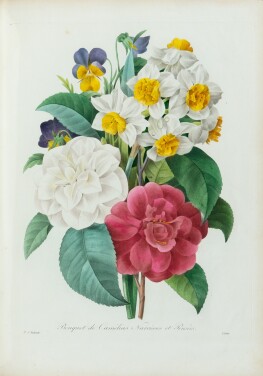T
here is tremendous variety in the section devoted to antique books. In addition to a number of works on cabinets of curiosities and those from the Fondation Gouault-Wendling, the catalogue presents the collection of a European bibliophile that includes several illuminated books of hours, a very fine copy of Cours d’hippiatrique by Lafosse in contemporary red morocco, Bloch’s illustrious book on fish and a very lovely manuscript atlas containing 22 large watercolour maps.
French literature is amply represented by a precious copy of the first edition of Pascal's Les Provinciales abundantly annotated by Louis Gorin de Saint-Amour
with a view to the 1659 edition. Lastly, we must mention the book by John Young presenting a magnificent series of portraits of Turkish emperors, from the foundation of the monarchy to 1815.
In addition to two very precious letters from Manet, unpublished and containing watercolours of circumstance to his friend Mrs Jules Guillemet, the catalogue includes an important manuscript from Nord by Céline, autograph letters from Chaissac and an illustrated manuscript by Cocteau for Drôle de ménage. First editions inscribed or with calligrams by Apollinaire, Breton, Char or Cocteau complete this collection.
Among the illustrated books is a very fine selection of volumes by Miró from a representative of the Galerie Maeght, some with original drawings; a Belgian collection of books by Alechinsky, including some of the artist’s most exquisite works and further graced with drawings or suites; but also Magritte’s Aube
à l'antipode and volumes by Bellmer, Chillida, Dalí, Foujita, Giacometti (Paris sans fin), David Hockney, Picasso and Majorelle.
To commemorate the death of Marcel Proust, we are also presenting a selection of handwritten letters, primarily addressed to publishers and critics, as well as first editions with dedications and, lastly, a famous portrait of Proust on his deathbed.

Auction Highlights
The First Museums of Princes and Scientists: Cabinet Of Curiosities From The Loïc Malle Collection
The cabinet of curiosities is a fashion that continually grew, beginning in the late 16th century. These “wonder-rooms” – mirrors of the world where all branches of knowledge mingled and where all sorts of strange objects accumulated – were documented in richly illustrated publications. Among these first museum catalogues, let us cite that of the collection of Ferrante Imperato (1599), which features a view of a cabinet of curiosities for the first time. In addition to the other prestigious Italian collections – of Aldrovandi, Moscardo, Cospi, Calzolari and Mercati – are those of the Danish Ole Worm and the German Kircher. One of the most prominent books on the subject is the exceptional and extremely rare complete copy of the works of Ulisse Aldrovandi, a vast illustrated encyclopedia of more than 2,500 wood engravings, including of monsters and fantastic animals.
Original Drawings and Illustrated Books
Two exceptional, unprecedented illustrated letters from Manet and original drawings by Victor Hugo, Alechinsky and Miró are presented alongside engravings by illustrators as varied as Dürer, Oudry, Magritte, Helleu, Picasso and Kandinsky, as well as photographs by Bellmer.
Bound Books
The decor of the bound books reflects their times – like the rocaille arms of Padeloup which contrast with the “pop” decor of Martin –, or corresponds with the illustrations of the book, as the Creuzevault mosaic evokes the religious stained glass of Rouault, or as the understatement of Hugo Liesen parallels that of Chillida.
Letters and Manuscripts
In addition to illuminated books of hours, this eclectic catalogue includes letters and manuscripts by Céline, including an important manuscript of Nord and another of D'un château l'autre, as well as letters by Chaissac, Cendrars, Cocteau, Manet, and others, most of which have never appeared on the public market; not to mention a fabulous set regarding Proust, whose centenary of death will occur this year.
Natural History
Natural history has been a limitless source of inspiration for artists and authors throughout the centuries. Scientific works, artists’ books, and illustrated letters dating from the 17th to 21st centuries demonstrate this fascination with nature. Hippology, ichthyology, botany, arboriculture, and many other fields are the subject of exquisite books of plates, which were very often coloured during that period. From Aldrovandi, the founder of modern natural history, to Redouté, the “Raphael of flowers”, to Manet, who illustrated descriptions of insects and frogs, to the bulls of Barceló and the fantastic bestiary of Lalanne, the auction offers an infinitely varied view of the world surrounding us.

![View 1 of Lot 68: [Œuvres]. Bologne, 1639-1649. 13 vol. in-folio. Rarissime réunion de l'intégralité des œuvres d'Aldrovandi.](https://sothebys-com.brightspotcdn.com/dims4/default/b14a857/2147483647/strip/true/crop/2000x1277+0+0/resize/330x211!/quality/90/?url=https%3A%2F%2Fsothebys-md.brightspotcdn.com%2Fd7%2F45%2F61507a58471ca4e87030c5da561a%2Fpf2203-c6fnt-01.jpg)
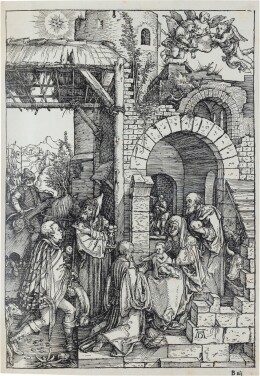
![View 1 of Lot 135: Souvenir du Rhin. [Vers 1855-1856.] Dessin original, signé en rouge et or. Avec : Les Burgraves, 1843](https://sothebys-com.brightspotcdn.com/dims4/default/fe0fa73/2147483647/strip/true/crop/2000x2054+0+0/resize/330x339!/quality/90/?url=https%3A%2F%2Fsothebys-md.brightspotcdn.com%2F44%2Ff5%2F35b4d9484822b417dde74a123ffc%2Fpf2203-c93h3-01.jpg)

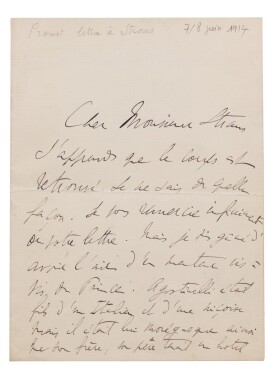
![View 1 of Lot 171: Series of Portraits of the Emperors of [Ottoman] Turkey. London, 1815. In-folio. Maroquin rouge. Ed. originale. 28 portraits en couleurs](https://sothebys-com.brightspotcdn.com/dims4/default/cfd7705/2147483647/strip/true/crop/1416x2000+0+0/resize/266x376!/quality/90/?url=https%3A%2F%2Fsothebys-md.brightspotcdn.com%2F1d%2F7a%2Feb72fe8446238fa130aa5cd878c1%2Fpf2203-c5l7k-01.jpg)

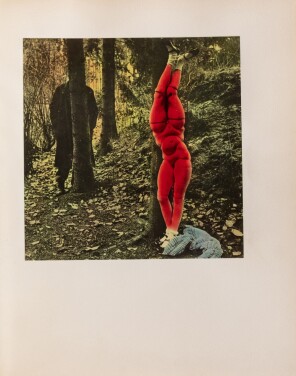









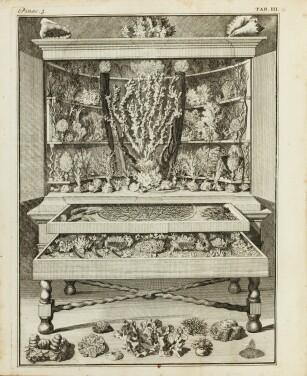
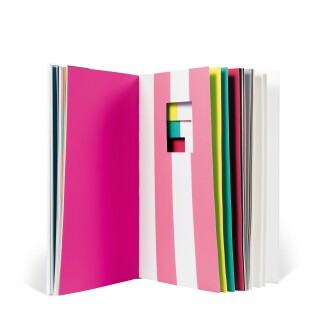
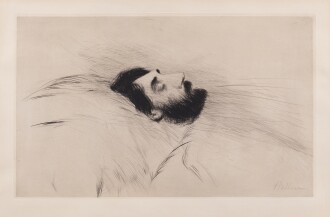

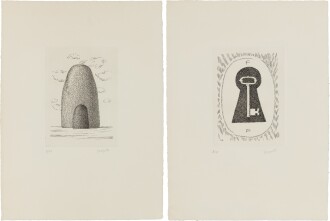


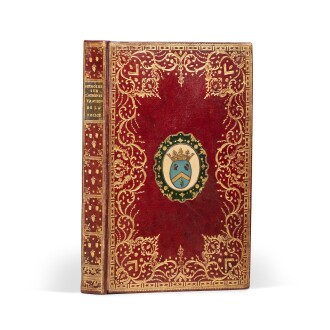



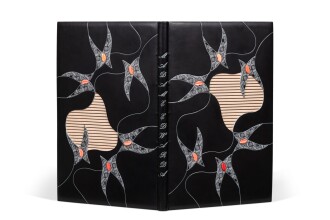

![View 1 of Lot 4: Livre d’heures [à l’usage de Paris]. En latin et en français, manuscrit enluminé sur parchemin. France, Paris [et Bourges ?], vers 1500.](https://sothebys-com.brightspotcdn.com/dims4/default/55cb95f/2147483647/strip/true/crop/1373x2000+0+0/resize/258x376!/quality/90/?url=https%3A%2F%2Fsothebys-md.brightspotcdn.com%2Fdb%2F73%2F03e7f5674815bf0dc652ed2e9728%2Fpf2203-c5rr2-01.jpg)
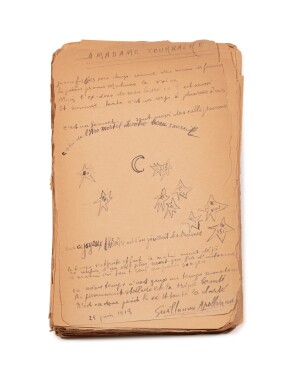
![View 1 of Lot 116: "Nord". Important manuscrit autographe de quelques 300 pages. [1959].](https://sothebys-com.brightspotcdn.com/dims4/default/bce9b92/2147483647/strip/true/crop/2000x2000+0+0/resize/330x330!/quality/90/?url=https%3A%2F%2Fsothebys-md.brightspotcdn.com%2F9b%2F07%2F10339d2945f9a4680f119a274837%2Fpf2203-c7t6p-01.jpg)


![View 1 of Lot 125: Drôle de ménage [1948]. Manuscrit, dessins, maquette de couverture et édition originale avec envoi](https://sothebys-com.brightspotcdn.com/dims4/default/6e89b38/2147483647/strip/true/crop/2000x1333+0+0/resize/330x220!/quality/90/?url=https%3A%2F%2Fsothebys-md.brightspotcdn.com%2F5a%2Fc7%2Fb1a0db14433dbad83561cb5133f4%2Fpf2203-c52ps-01.jpg)





